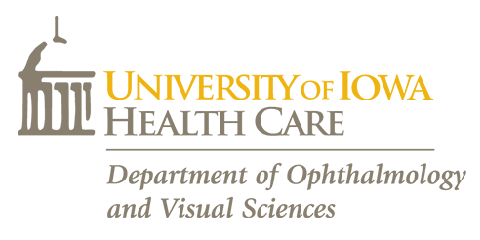Retinopathy of prematurity is a blinding eye disease of premature infants. It is increasing in incidence as more babies of lower birth weights survive. Although in the 1940s and 1950s the major predisposing factor was high oxygen exposure, the main risk factor now is birth weight less than 1,000 g. Retinopathy of prematurity can be classified into several distinct stages, which progress in a typical manner. Once the stage of threshold is reached, the eye has a 50% chance of becoming blind. At this stage, laser peripheral retinal photo ablation or peripheral cryo ablation may cause the neovascularization to regress and preserve vision. The treatment is not effective in all cases, however, and a large number of children continue to become blind each year because of this devastating disease. New microsurgical techniques such as lens-sparing vitrectomy and modified scleral buckle for tiny eyes have improved the outcome for some children. Prevention is the best hope to eradicate blindness caused by this disorder, and manipulations of the metabolic and neonatal intensive care unit environment are currently being studied.
Avoidance and treatment of retinopathy of prematurity.
Journal:
Seminars in pediatric surgery.
Additional Information:
2000 May;9(2):103-5.
Publication Date:
May 1 2000
Pubmed ID:

